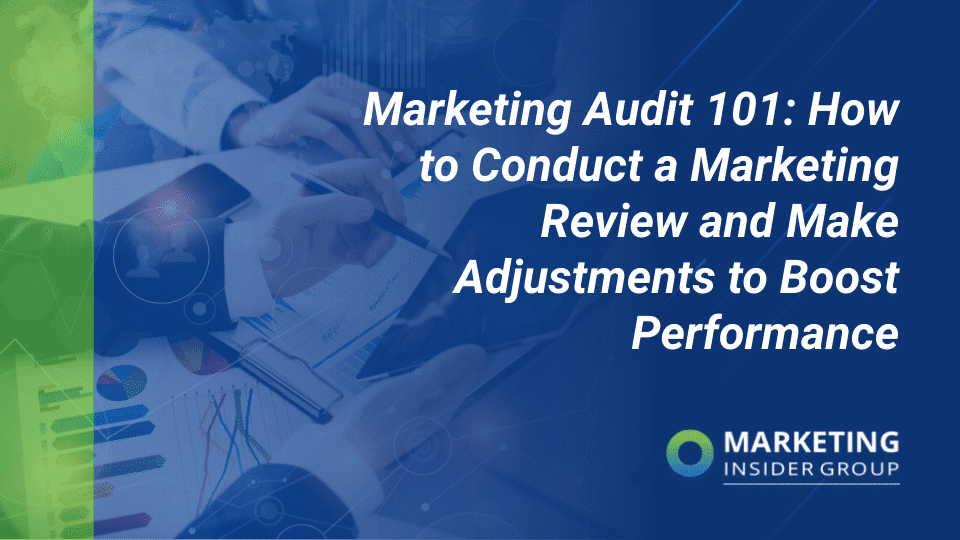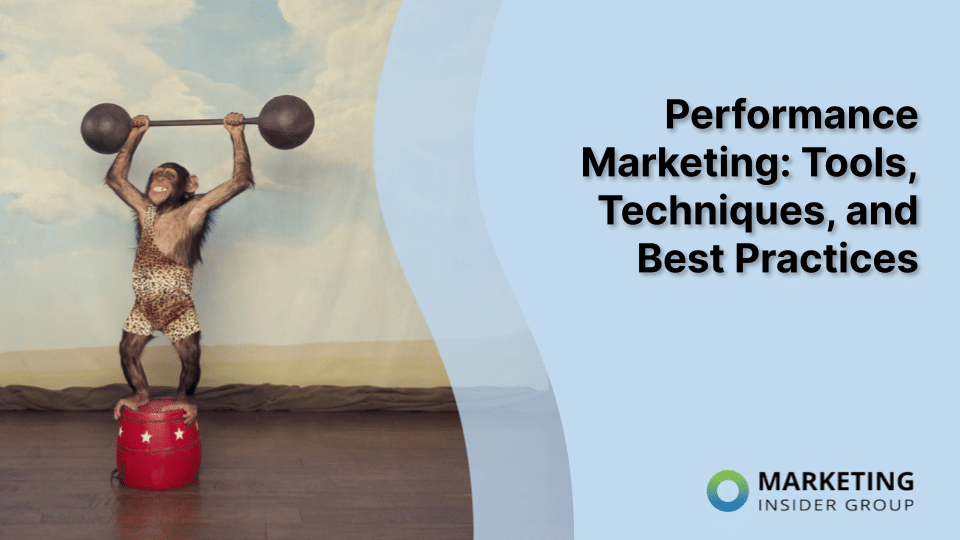
Performance Marketing: Tools, Techniques and Best Practices
Remember when shopping and advertising were simple? Then the internet came along and changed the game.
In today’s world, with tools like omnichannel marketing, businesses aren’t just reaching consumers. They’re having full-blown conversations across various online platforms.
What’s even more exciting is that marketers can now keep an eye on how their ads are doing, minute by minute. They can see which ones consumers are clicking on, which ones we’re ignoring, and adjust on the fly.
This isn’t just throwing ads out there and hoping for the best. It’s about making every ad count. This smart, data-driven approach is what we’re discussing today, and it’s got a name: Performance marketing.
In this post, we’re exploring the essential tools, techniques, and best practices you need to elevate your performance marketing game to its peak potential.
Quick Takeaways
- Performance marketing is a results-driven approach where advertisers pay for specific actions, ensuring budgets align with tangible outcomes.
- Key tools for performance marketing include analytics platforms like Google Analytics, networks like ClickBank, landing page builders such as Unbounce, and A/B testing tools like Optimizely.
- Marketers can leverage techniques like programmatic advertising, retargeting, predictive analytics, and personalized content to optimize campaigns.
- Success in performance marketing hinges on understanding your audience, setting clear objectives, embracing A/B testing, ensuring transparency, and staying updated with industry trends.
What Is Performance Marketing?
In 2021, digital advertisers spent $455.3 billion on online ads around the world. This number is expected to grow to $646 billion by 2024. With so much money being spent, new ways of online advertising, like performance marketing, are becoming more and more popular.
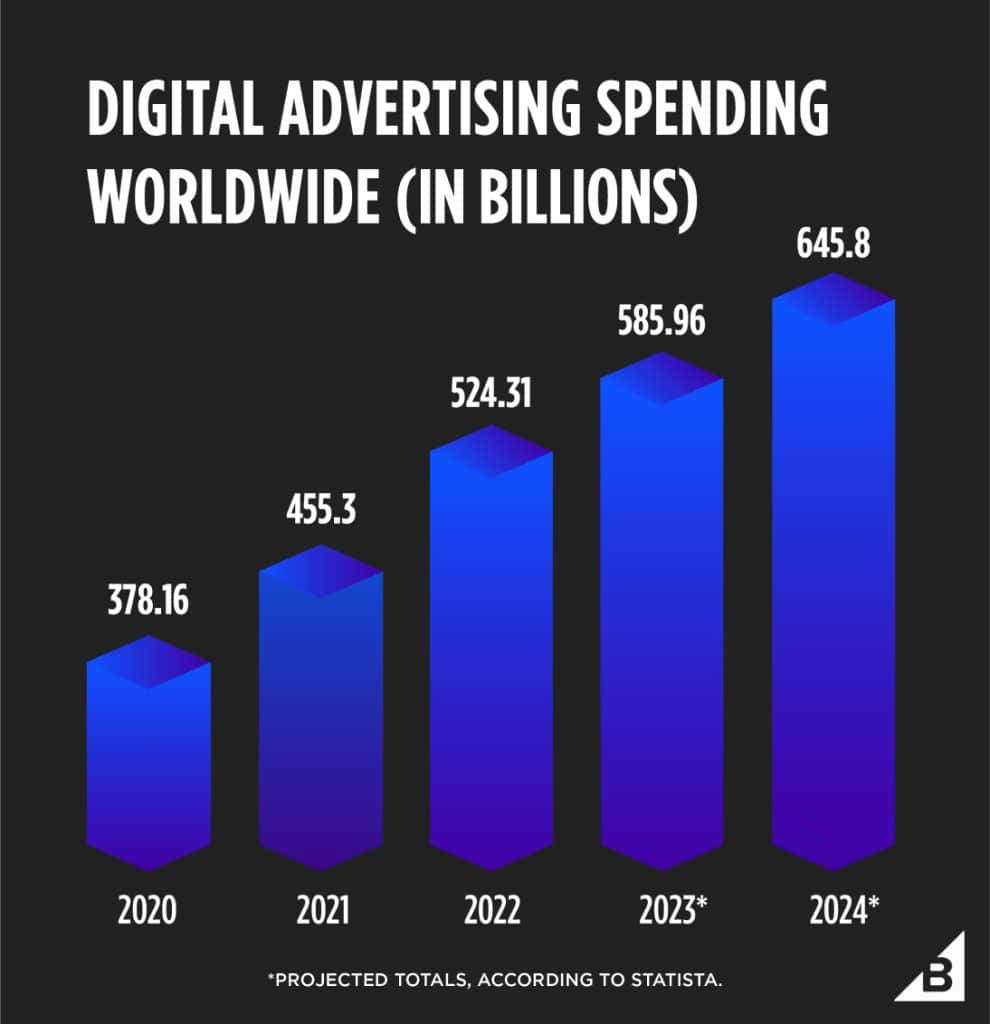
Image Source: Statistica
Performance marketing is a digital marketing approach where advertisers pay based on specific actions or results.
Instead of paying upfront without any guarantees, with performance marketing, you pay only when a particular action—like a click, sale, or lead—is completed. This ensures that your marketing budget is directly tied to tangible outcomes.
You might be thinking, “How is this any different from traditional marketing?”
Traditional marketing often means paying up front, like for an ad spot, and then crossing your fingers. But with performance marketing, you’re in the driver’s seat. You know exactly where your money’s going because it’s tied to real, measurable actions.
Here’s a few key models in performance marketing to know:
- CPA (Cost Per Acquisition): Payment is made when a purchase occurs.
- CPC (Cost Per Click): Payment is made when an ad is clicked.
- CPL (Cost Per Lead): Payment is made when a potential customer provides contact information.
- CPM (Cost Per Thousand Impressions): Payment is made for every 1,000 times an ad is viewed.
We’re big fans of performance marketing here at Marketing Insider Group. It’s straightforward, it’s efficient, and it lets us make decisions based on actual data. Plus, it feels good knowing our marketing efforts are making a real impact.
Essential Tools for Performance Marketing
While it’s essential to have fun with your campaigns, it’s equally important to be equipped with the right tools to ensure success. Here’s a quick guide to some key tools:
Analytics and Tracking Platforms
These tools are crucial. With platforms like Google Analytics, you get insights into user behavior, while Mixpanel offers a deeper dive into specific user actions. It’s about understanding and optimizing your audience’s journey.
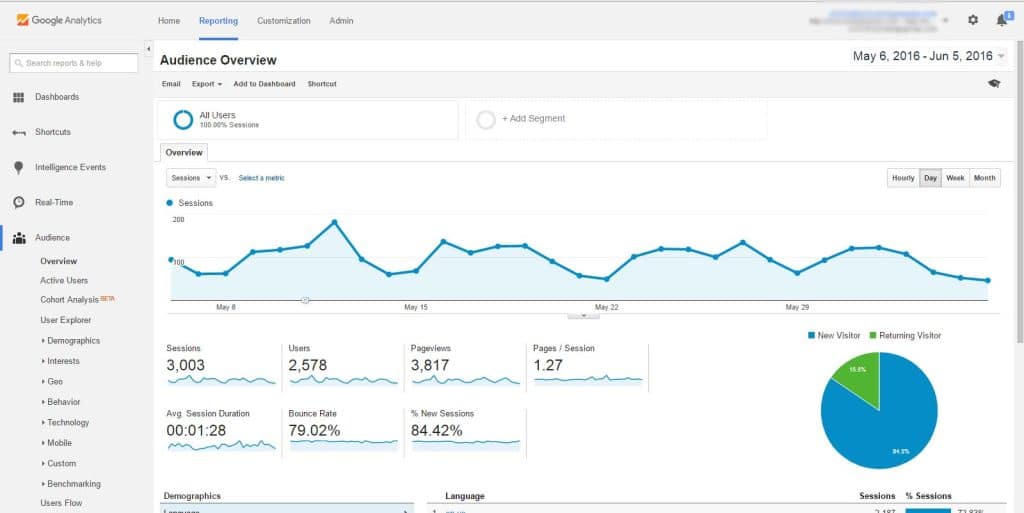
Image Source: Eclipse Media Solutions
Performance Marketing Platforms and Networks
These platforms bridge the gap between advertisers and publishers. Platforms like ClickBank and ShareASale ensure your ads reach the right audience, maximizing your campaign’s potential.
Landing Page Builders and Optimization Tools
A compelling landing page can make all the difference. Tools like Unbounce and Leadpages help you design pages that not only capture attention, but also drive conversions.
A/B Testing Tools
Making decisions becomes easier when you have data to back them up. With tools like Optimizely and VWO, you can test different versions of your campaign elements and see which one resonates best with your audience.
Advanced Techniques for Performance Marketing
As you get more comfortable with the basics of performance marketing, it’s time to explore some advanced techniques. These strategies can elevate your campaigns, offering even more precision and efficiency. Here’s a closer look:
Programmatic Advertising
This is automated ad buying at its finest. Instead of manual placements, programmatic advertising uses algorithms to purchase ad space in real-time. It’s efficient, targeted, and can significantly boost your campaign’s reach.
Retargeting and Remarketing
Ever noticed ads from a website you recently visited following you around? That’s retargeting in action.
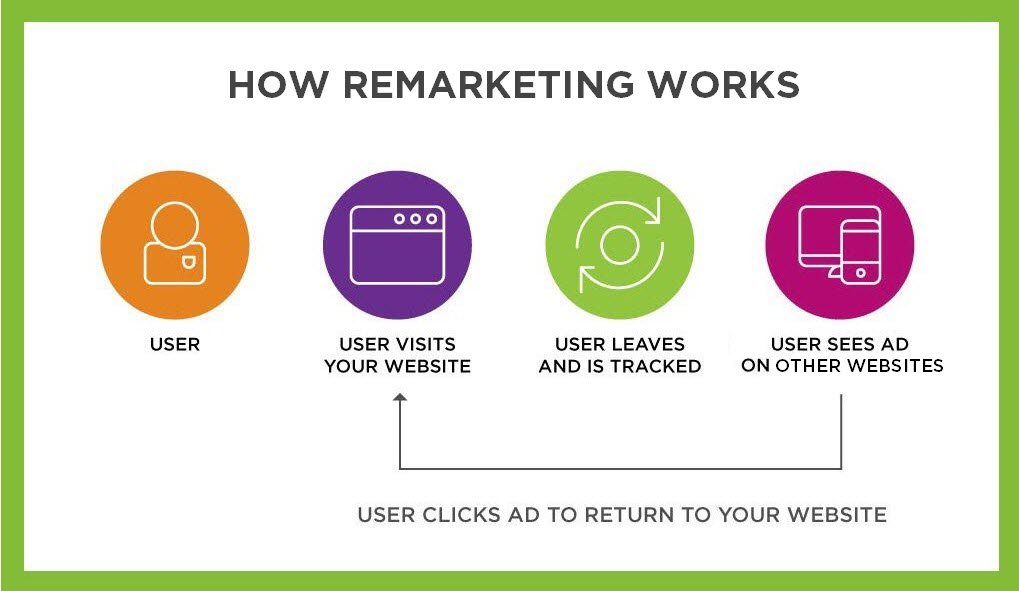
Image Source: CartStack
It’s a way to re-engage potential customers who’ve shown interest in your product or service but haven’t converted yet. It’s like a gentle nudge, reminding them of what they might be missing out on.
Predictive Analytics and Machine Learning
By analyzing past data, these tools can predict future trends and behaviors. It’s like having a crystal ball for your marketing strategy, helping you anticipate what your audience might want or do next.
Personalization and Dynamic Content
Today’s consumers expect tailored experiences. By using data to customize content based on user behavior and preferences, you can create a more personal connection, increasing engagement and conversion rates.
Best Practices for Performance Marketing Success
Performance marketing is all about results, but achieving those results requires a strategic approach. Here are some best practices, backed by insights and data, to ensure you’re on the right track:
1. Understand Your Audience. Before launching any campaign, it’s crucial to know who you’re targeting. Tailor your ads to resonate with your audience’s preferences, needs, and behaviors.
2. Set Clear Objectives and KPIs. Know what you want to achieve. Whether it’s increasing website traffic, boosting sales, or generating leads, having clear goals allows you to measure your campaign’s success accurately.
3. Optimize Creatively. About 88% of consumers say that authenticity is important when deciding what brands they like and support. This means it’s important to make sure your ads are both engaging and useful to your audience.
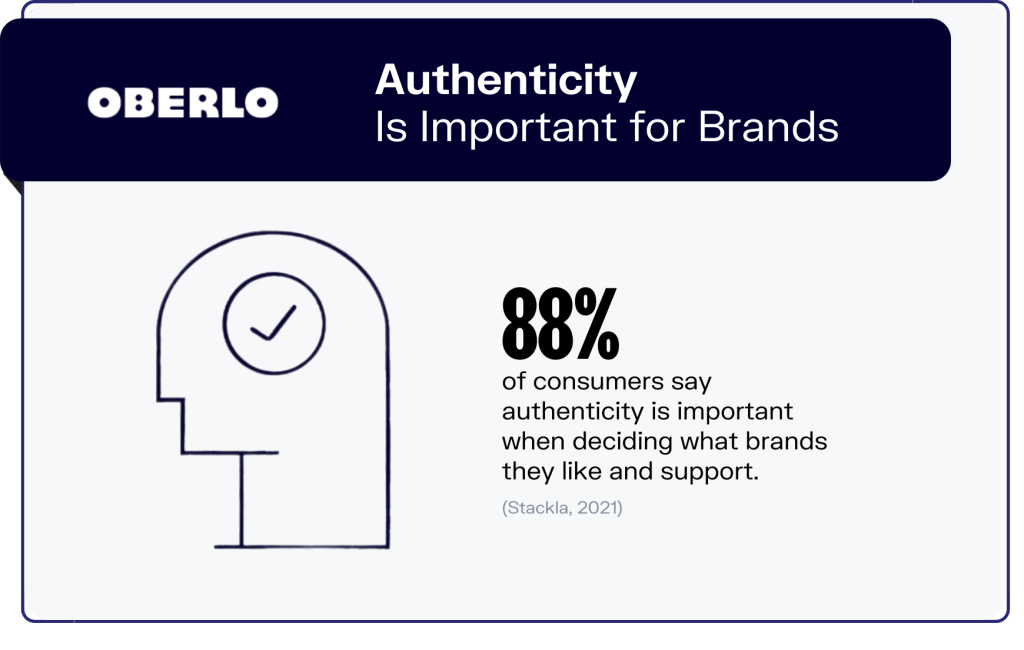
Image Source: Oberlo
4. Embrace A/B Testing. Don’t settle on the first version of your ad. Test different variations to see which one performs best. This iterative approach ensures your campaigns are always optimized.
5. Monitor and Adjust in Real-Time. The digital landscape is ever-changing. Regularly review your campaign performance and make necessary tweaks to stay ahead of the curve.
6. Ensure Transparency and Compliance. With increasing concerns about data privacy, it’s essential to be transparent about your advertising practices. Adhere to industry regulations and best practices to build trust with your audience.
7. Invest in Retargeting. Retargeting is a powerful way to re-engage potential customers who’ve shown interest but haven’t converted. It’s an effective strategy to boost conversions.
8. Stay Updated. The world of performance marketing is dynamic. Stay updated with the latest trends, tools, and techniques to ensure your strategies are current and effective.
By following these best practices and staying committed to continuous learning and optimization, you’ll be well on your way to performance marketing success.
The Transformative Impact of Performance Marketing
Performance marketing has revolutionized the way we approach digital advertising. It’s not just about spending, but rather about spending smartly, making sure every dollar is tied to tangible results. With the right tools and strategies, it offers a roadmap to measurable success.
At Marketing Insider Group, we’ve witnessed its transformative power and are excited about the possibilities it presents. As the digital landscape evolves, leaning into performance marketing will be key to staying ahead and achieving impactful outcomes.
Ready to boost your performance marketing game? Check out our SEO Blog Writing Service or schedule a quick consultation to learn more about how Marketing Insider Group can help you earn more traffic and leads for your business.



